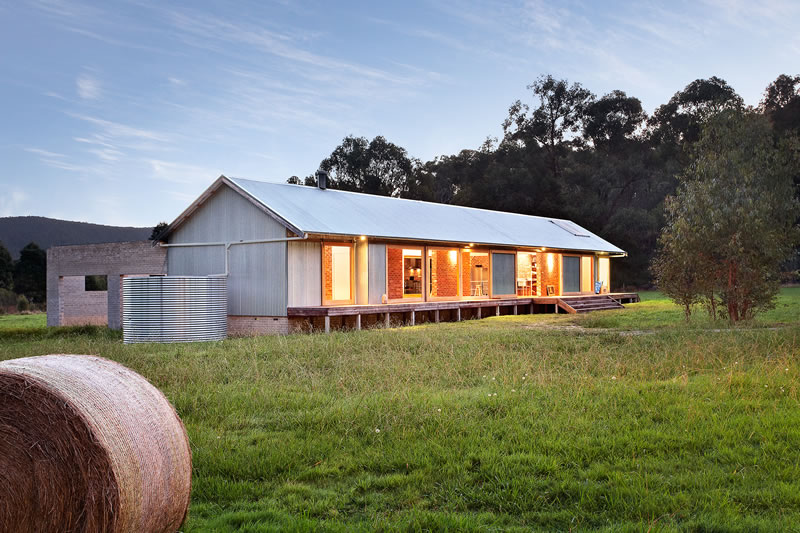



Article by: Hari Yellina
Despite anticipated interest rate hikes, optimistic farmers will keep spending millions to buy their neighbours’ land. According to a respected real estate veteran, the good times in agriculture are luring younger family members back to family farms. This has prompted many enterprises to take out loans and reinvest in more land, causing prices to rise. Despite today’s hot farmland market, Col Medway, a senior director of LAWD, believes that rising interest rates would not diminish demand. Record commodity prices have joined with a string of exceptional seasons to give agriculture with unparalleled profitability. According to Mr Medway, the booming rural economy has created a generational opportunity to grow family landholdings by taking advantage of historically low bank loan rates.
Most economists now expect the RBA will raise interest rates in the middle of the year as a result of rising inflation. “Over the next term, we are likely to see a rate increase of 25 to 50 basis points,” Mr Medway added, “but, truly, all good enterprises should be able to endure a hike of 300 points.” “We also know that banks are stress testing loans at a higher pace than is officially required,” he added. “I don’t think rising interest rates will deter people from buying land because they are still historically low.” A striking trend in this booming market, he noted, was that a number of institutional investors were cashing in their enormous aggregations.
These large agricultural portfolios, according to Mr Medway, are being “deconstructed” and sold back to family businesses that are “well-positioned” to pay premium rates. Mr Medway said the practise has grown over the last five years, with investment funds dividing up their aggregations rather than selling them as a single asset “to capture maximum profit.” Both institutional vendors and family agricultural enterprises have attained their objectives through “de-aggregation,” as Mr Medway put it. “What we’ve seen is a number of deals where funds have done their jobs and aggregated properties to grow efficiency, and then some of these aggregations have been broken up and sold back to different local producers when those funds have come to the end of their lives.”
These large agricultural portfolios, according to Mr Medway, are being “deconstructed” and sold back to family businesses that are “well-positioned” to pay premium rates. Mr Medway said the practise has grown over the last five years, with investment funds dividing up their aggregations rather than selling them as a single asset “to capture maximum profit.” Both institutional vendors and family agricultural enterprises have attained their objectives through “de-aggregation,” as Mr Medway put it. “What we’ve seen is a number of deals where funds have done their jobs and aggregated properties to grow efficiency, and then some of these aggregations have been broken up and sold back to different local producers when those funds have come to the end of their lives.”
“In this situation, we had a lot of local interest in particular properties in both New South Wales and Western Australia, but the most effective transaction for the vendor was to go with another institution,” Mr Medway said. The important element to remember here is that family and small businesses had every opportunity to participate in the sales process and compete. “In this environment, our strong advice to all of our vendors is that they would be insane to rule out any segment of the market as a prospective buyer.”